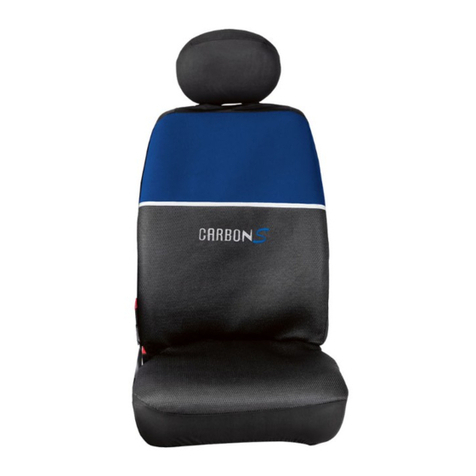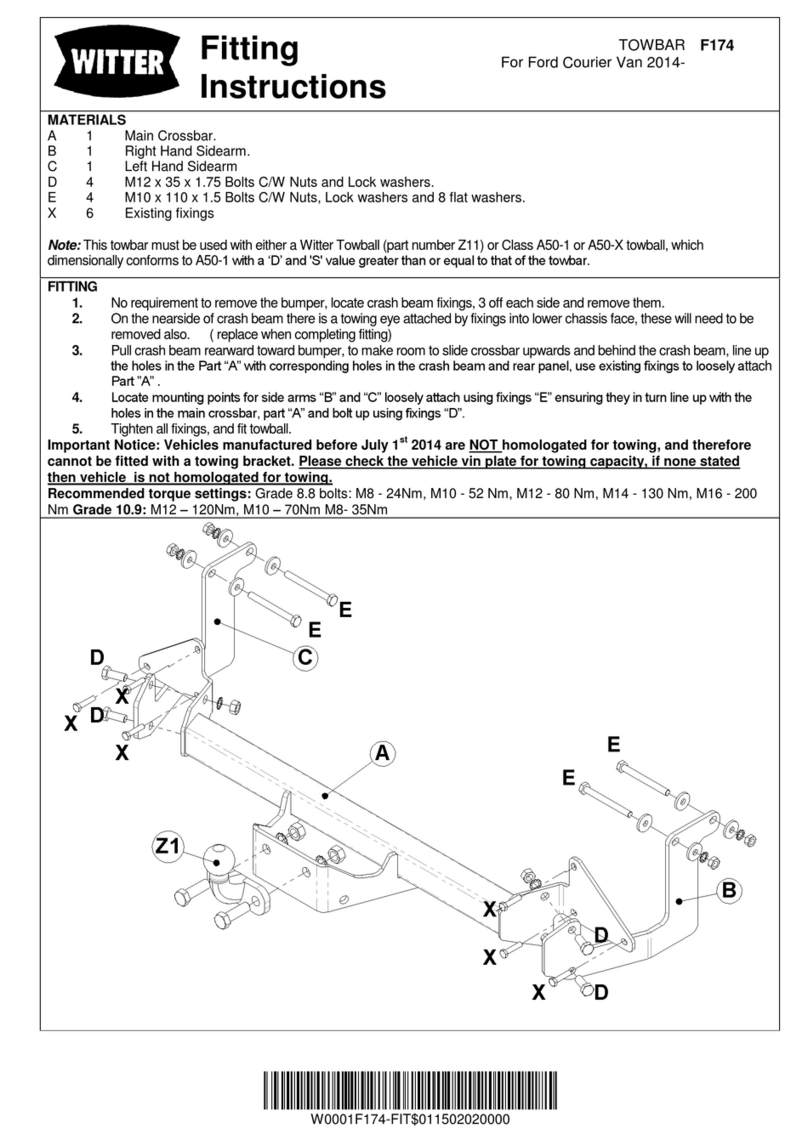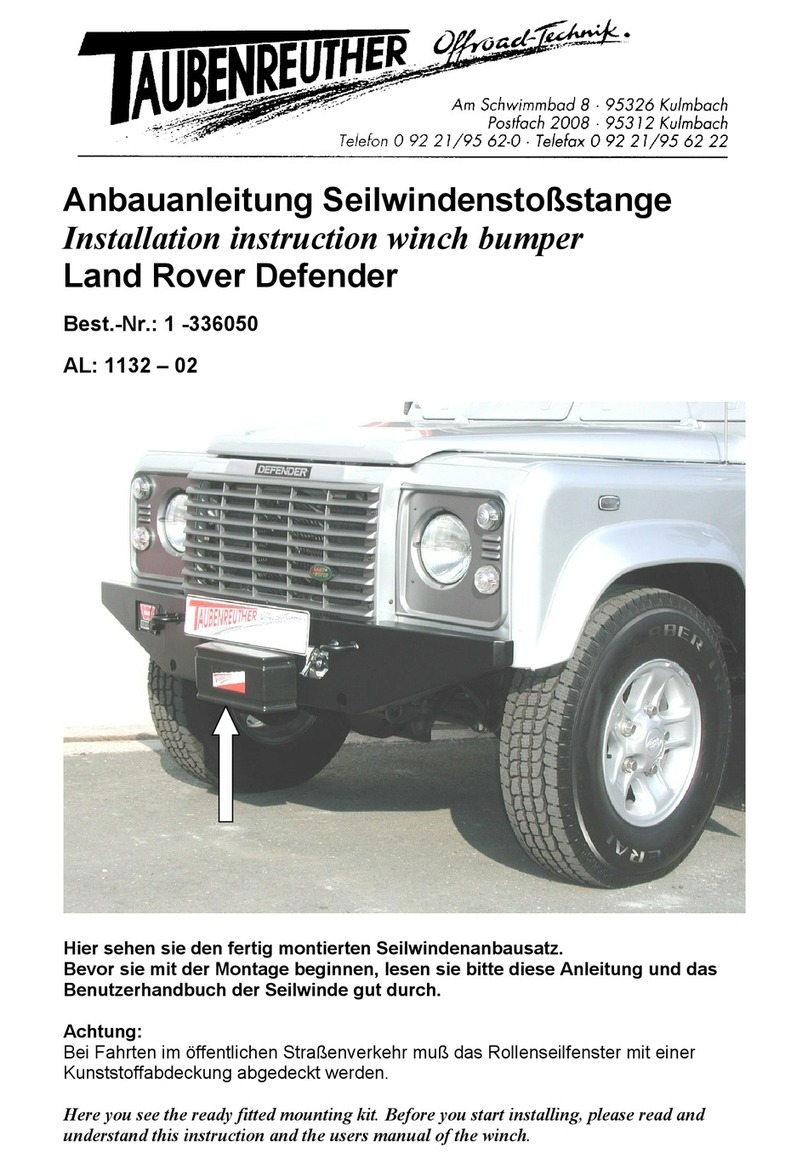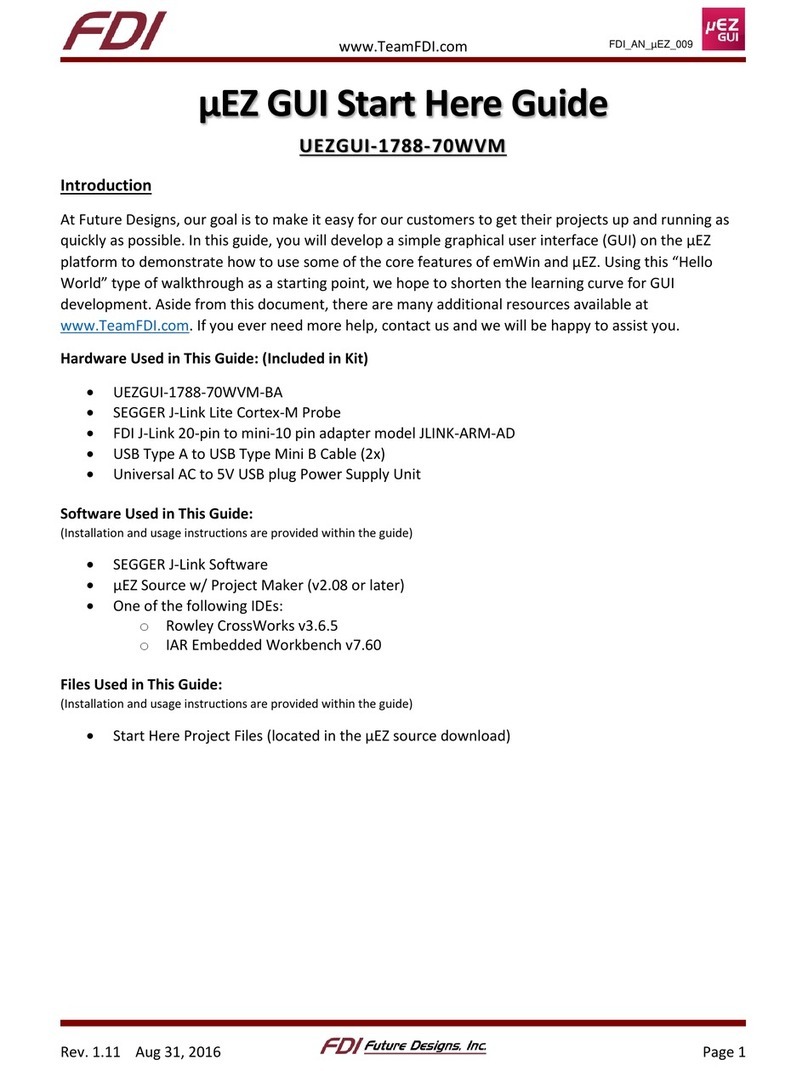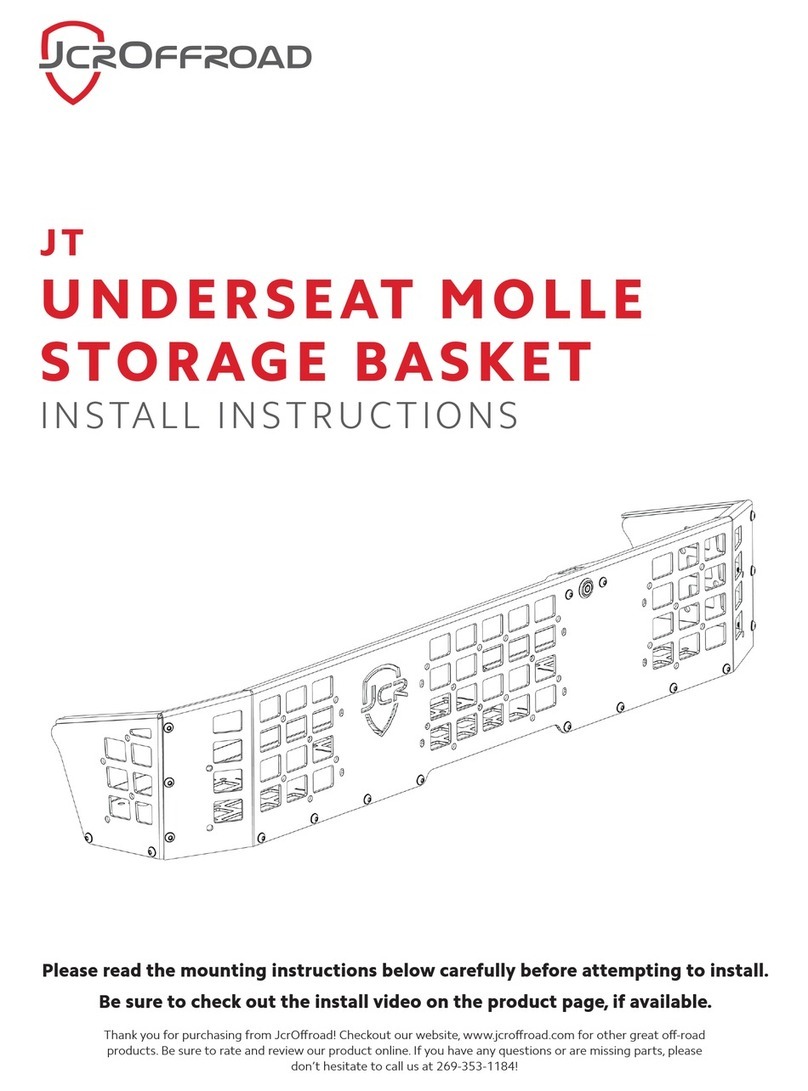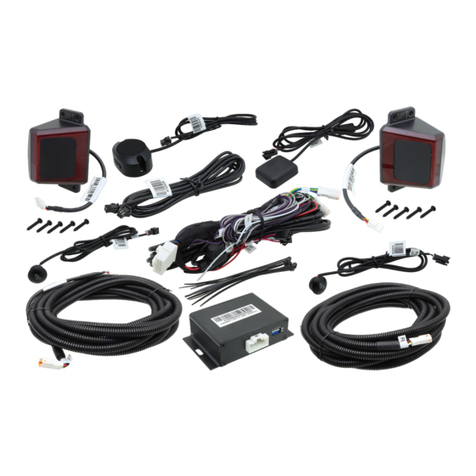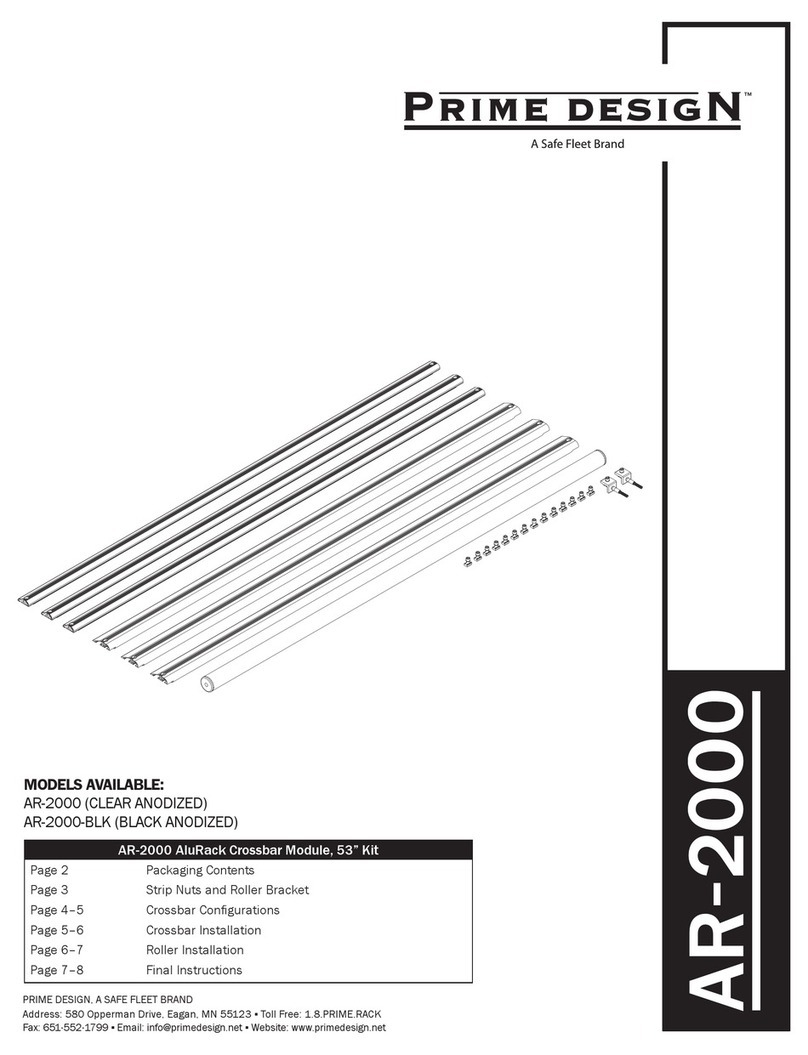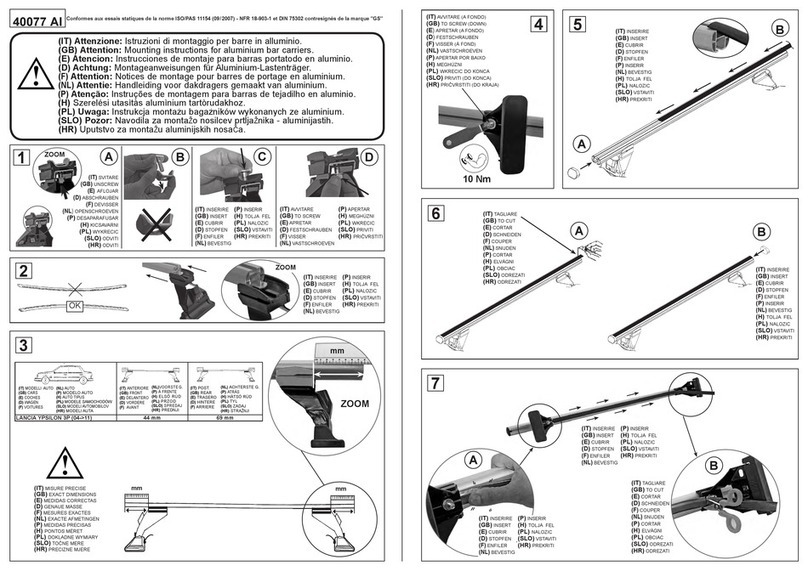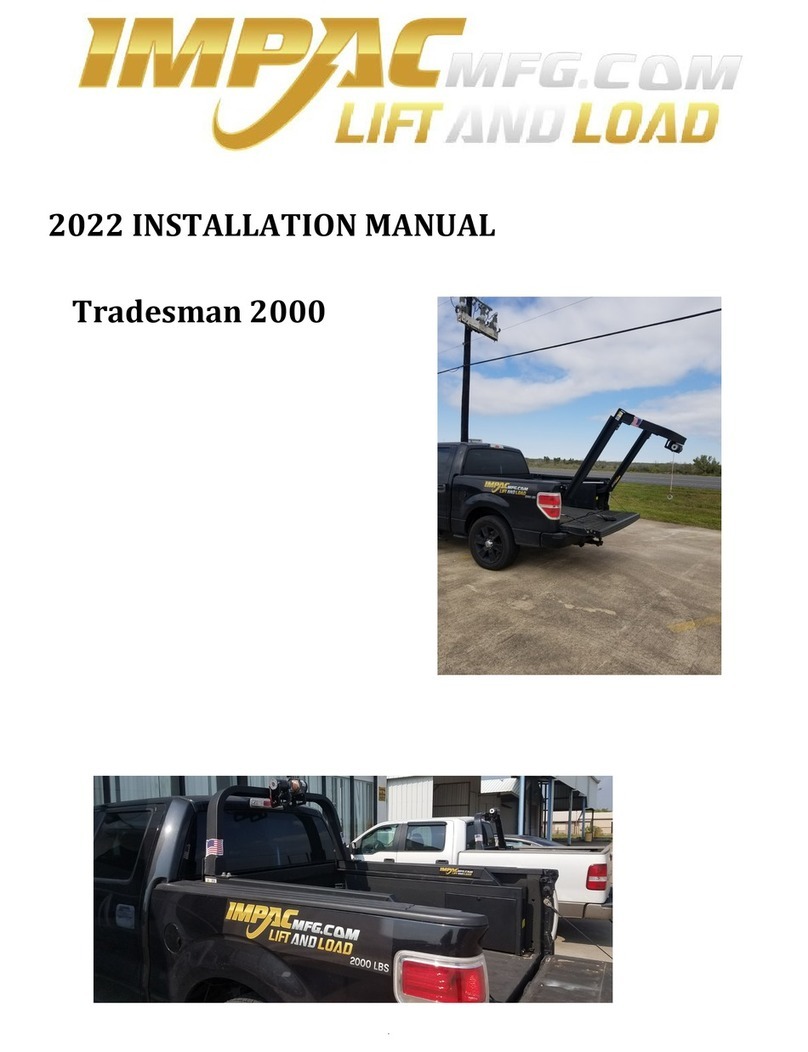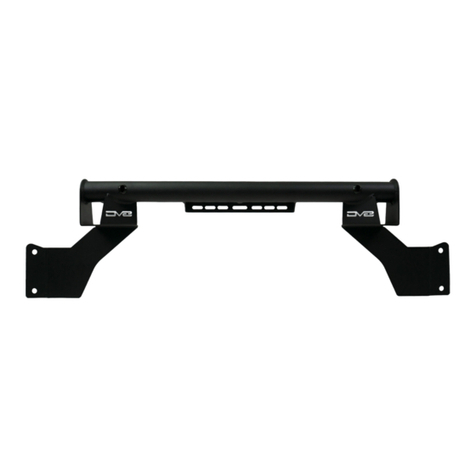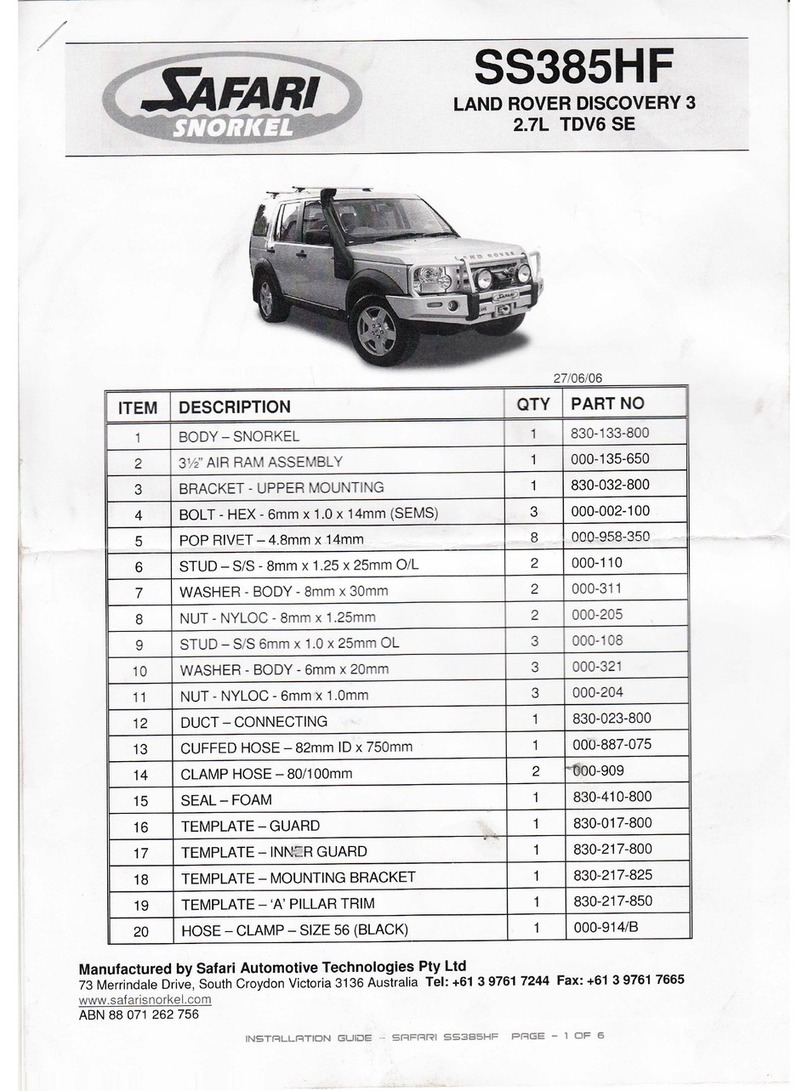© 2018 All rights reserved. Data subject to change without notice. 3
Rev. B | 2018.08 LPT-P- Operation Manual
5.4.2 EMI and RF Interference Considerations..........................................................21
5.4.3 Mounting Height (Sensor Dependent) ............................................................22
5.5 Enclosure Mounting Components ..................................................................23
5.5.1 Enclosure Base ................................................................................................23
5.5.2 Enclosure Bottom............................................................................................24
5.6Wiring Connections........................................................................................24
5.6.1 Power & Output Connections ..........................................................................25
5.6.2 ESH-A Remote Sensor Wiring Connection........................................................26
5.6.3Wire Gauge vs Run Length...............................................................................26
6 SYSTEM OPERATION & CONFIGURATION...............................................27
6.1 Navigating the Menu Structure......................................................................27
6.2 Accessing the Menu with Passcodes...............................................................28
6.3 Power Up andWarm-up.................................................................................29
6.4 Display Select.................................................................................................30
6.5 Set LCD Display Contrast Level........................................................................31
6.6 Fault Detection...............................................................................................31
6.7 Modbus® Settings..........................................................................................32
6.7.1 Change Modbus® ID........................................................................................32
6.7.2 Change Modbus® Baud Rate ...........................................................................33
6.7.3 Modbus® Holding Registers ............................................................................34
6.8 Setting Channel Alarm Setpoints...................................................................34
6.8.1 Setting the Low Alarm Setpoint......................................................................34
6.8.2 Setting the Mid Alarm Setpoint ......................................................................35
6.8.3 Setting the High Alarm Setpoint.....................................................................36
6.8.4 Setting Hysteresis............................................................................................36
6.9 Enable / Disable Channels..............................................................................36
6.10Test Gas Reading Response / SendTest Reading to Controller.......................37


